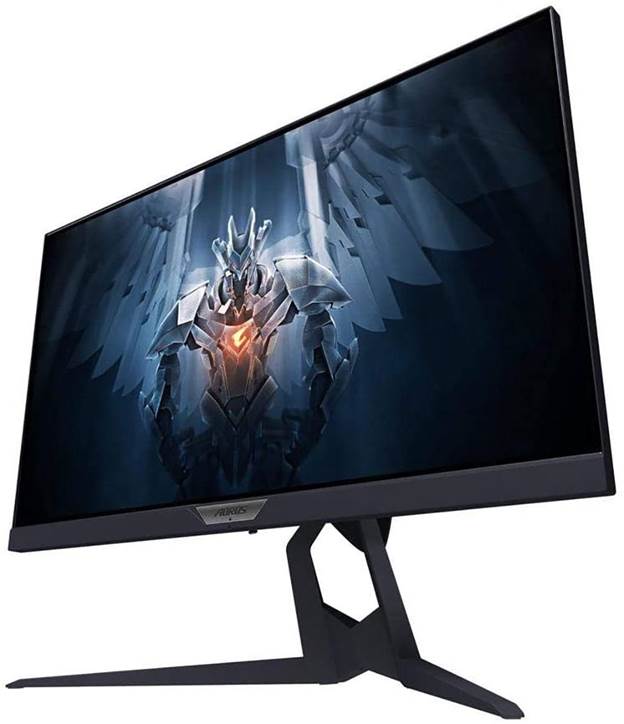Why you can trust Tom's Hardware
It's clear that if you’re shopping for a speedy gaming monitor, you’ll pay more money for more hertz. 144 Hz is fast enough for many players, but those seeking ultimate performance will want to budget for a 240 Hz screen. While improvements in response and input lag are greatest when going from 60 to 144 Hz, the experience of playing on a 240 Hz display is something every serious gamer should at least try for themselves before deciding.
Gigabyte’s Aorus FI25F is a worthy addition to the elite genre of hyper-fast gaming monitors. It delivers all the performance needed by the best and most competitive players and decent picture quality at the same time. It provides important extras, like aiming points and a comprehensive information dashboard and the ability to control functions from the Windows desktop. And if RGB is your thing, the FI25F has a super cool implementation.

We have nothing but positive comments about the FI25F’s gaming prowess. Response and lag were quick enough to be imperceptible. There is no reason why a pro player couldn’t use the FI25F.
If you’re decrying the FHD resolution, remember that it’s motion quality that wins the game, not pixel density. You’ll be able to see fast-moving objects every bit as clearly as static ones. With a stout graphics card in your PC, frame rates will be at or near the max at every game’s maximum detail level. That’s worth a lot when frag counts are paramount.
We were more than satisfied with the FI25F’s image quality, despite a lack of extended color support. sRGB, when rendered accurately, provides nicely saturated hues and is the right choice for many games. Gigabyte has included HDR here, and it works perfectly with both FreeSync and G-Sync. But HDR doesn’t look much different than the same material rendered in SDR.
The reason to consider the Aorus FI25F is for its performance and build quality. It has the premium look and feel to go with its price tag. Value is ultimately in the eye of the beholder, but if you’re seeking a performance advantage over your opponents, this monitor should be on your short list.
Get Tom's Hardware's best news and in-depth reviews, straight to your inbox.

Christian Eberle is a Contributing Editor for Tom's Hardware US. He's a veteran reviewer of A/V equipment, specializing in monitors. Christian began his obsession with tech when he built his first PC in 1991, a 286 running DOS 3.0 at a blazing 12MHz. In 2006, he undertook training from the Imaging Science Foundation in video calibration and testing and thus started a passion for precise imaging that persists to this day. He is also a professional musician with a degree from the New England Conservatory as a classical bassoonist which he used to good effect as a performer with the West Point Army Band from 1987 to 2013. He enjoys watching movies and listening to high-end audio in his custom-built home theater and can be seen riding trails near his home on a race-ready ICE VTX recumbent trike. Christian enjoys the endless summer in Florida where he lives with his wife and Chihuahua and plays with orchestras around the state.
-
RagedAPE Hello, I purchased thisReply
AROUS 25" FI25F-EK Is it the same monitor as the review? I do not know what the EK is.
Kind regards.
Ape